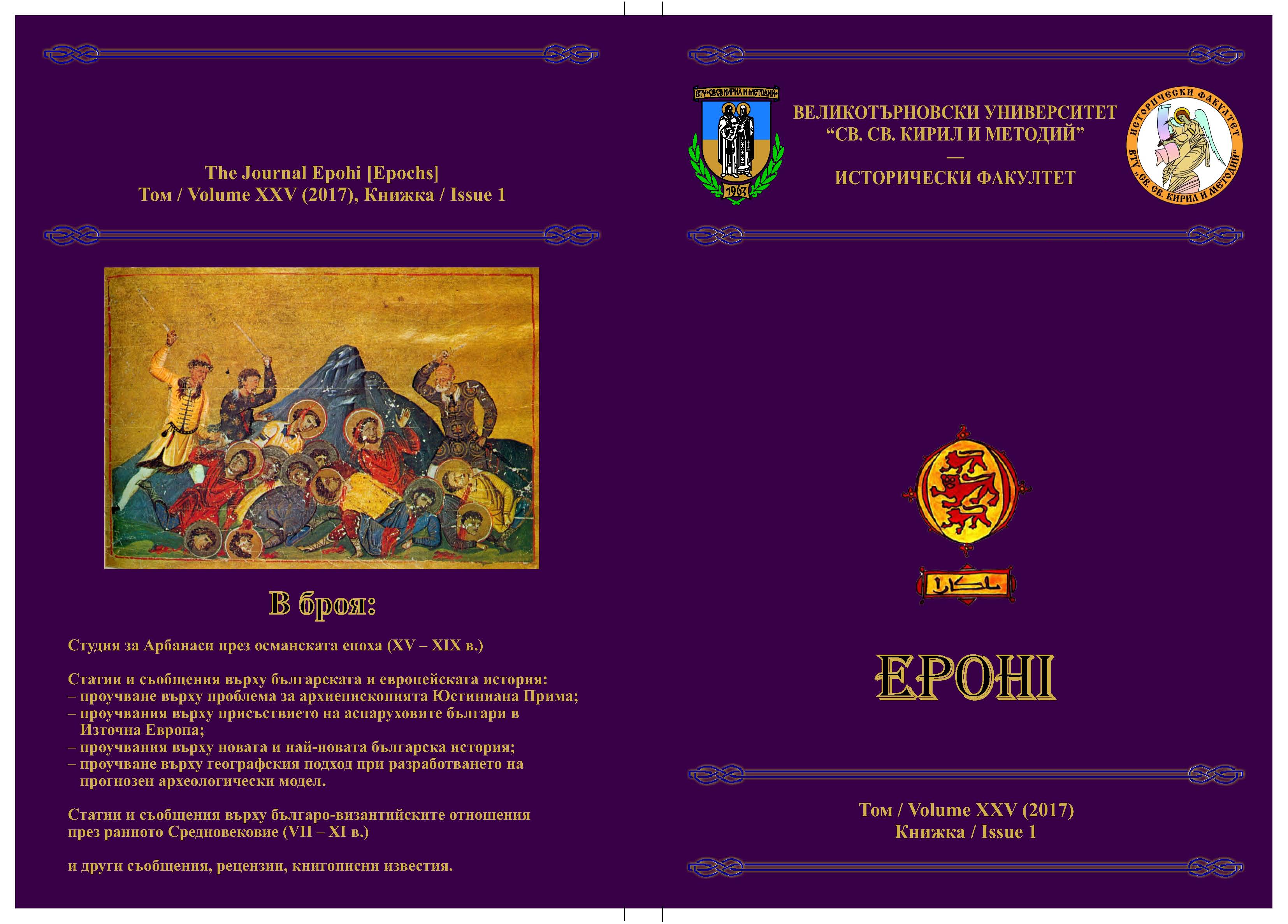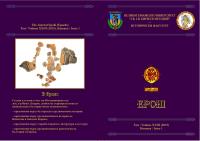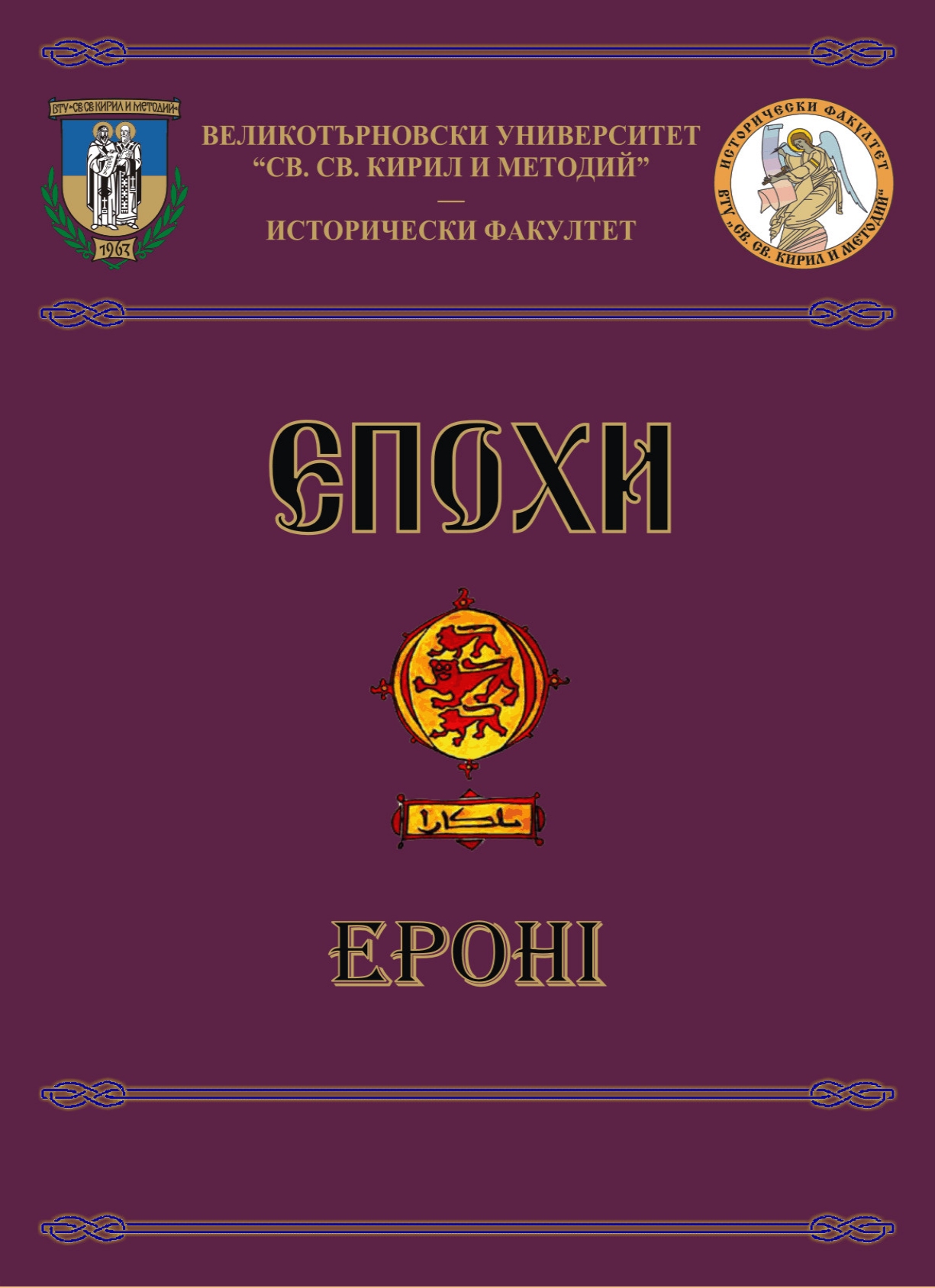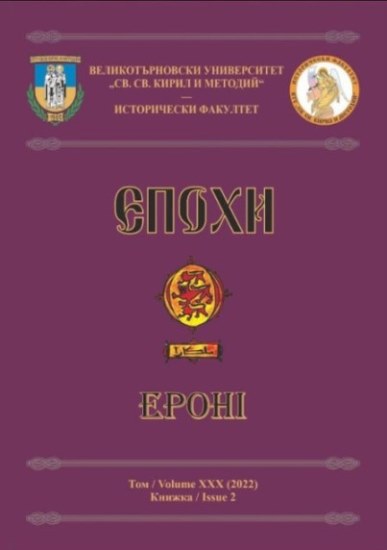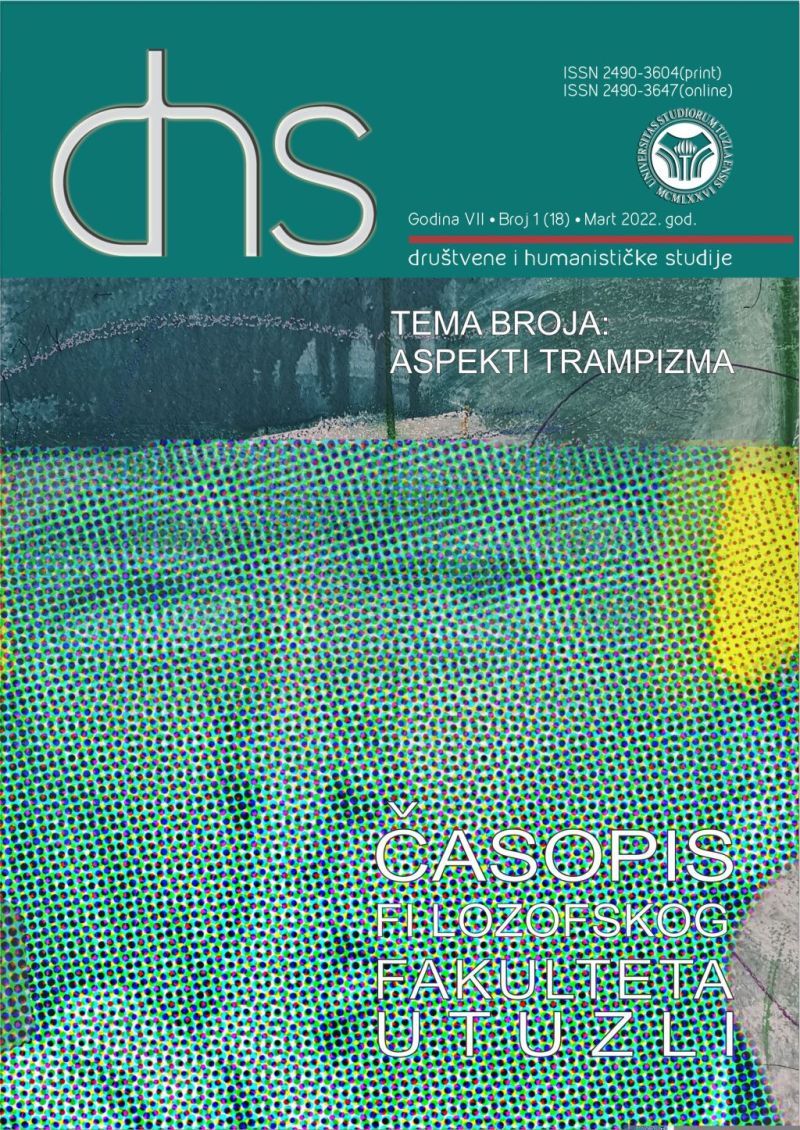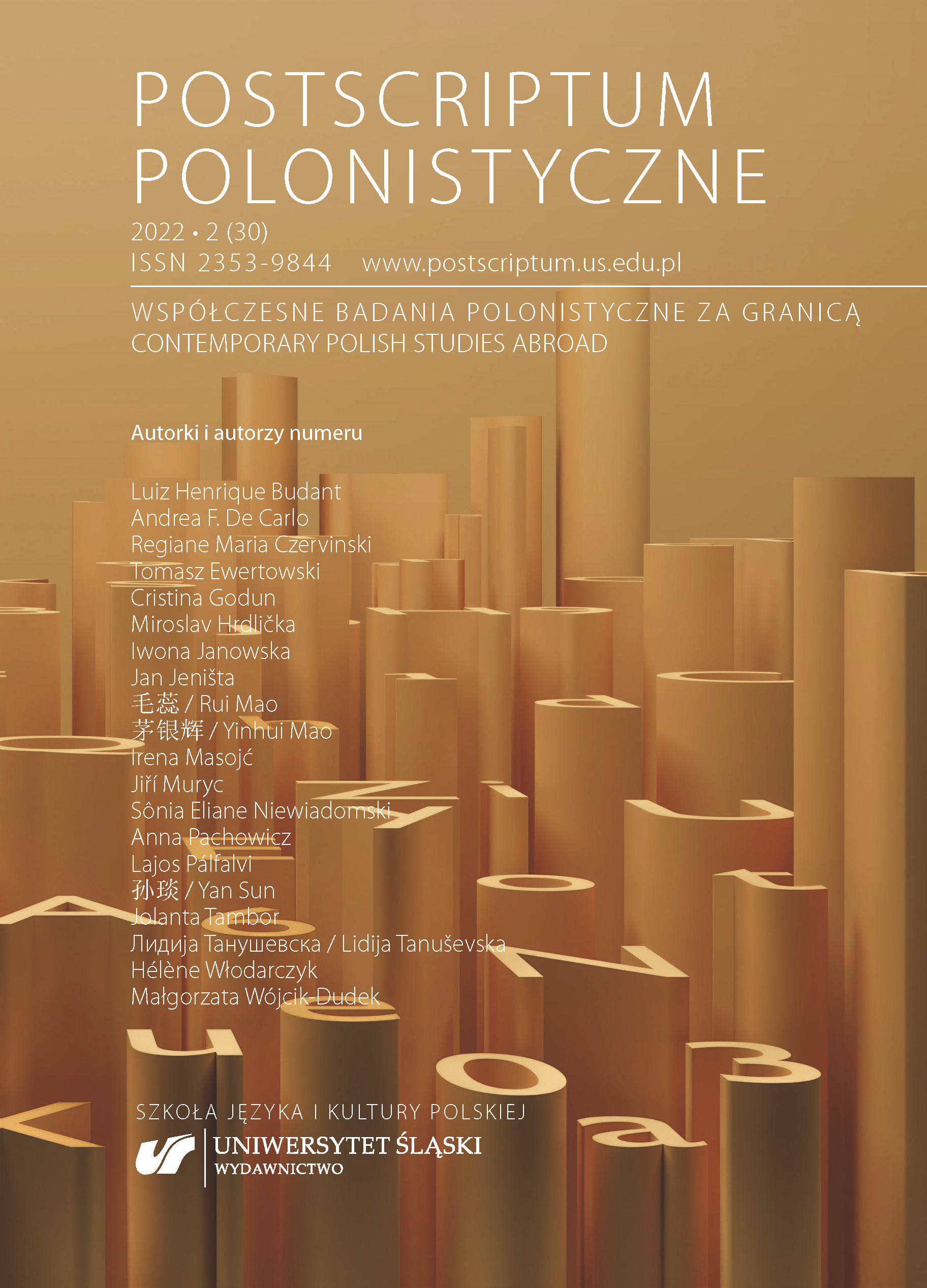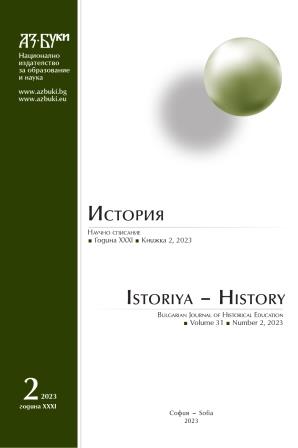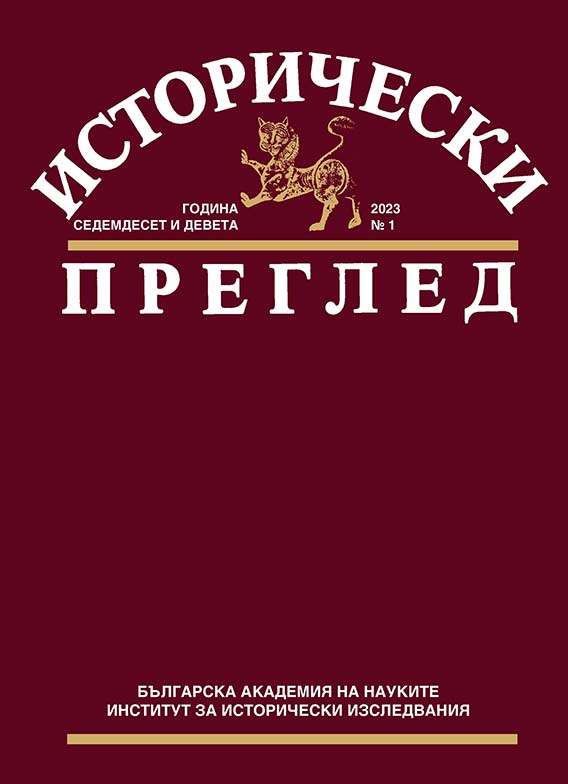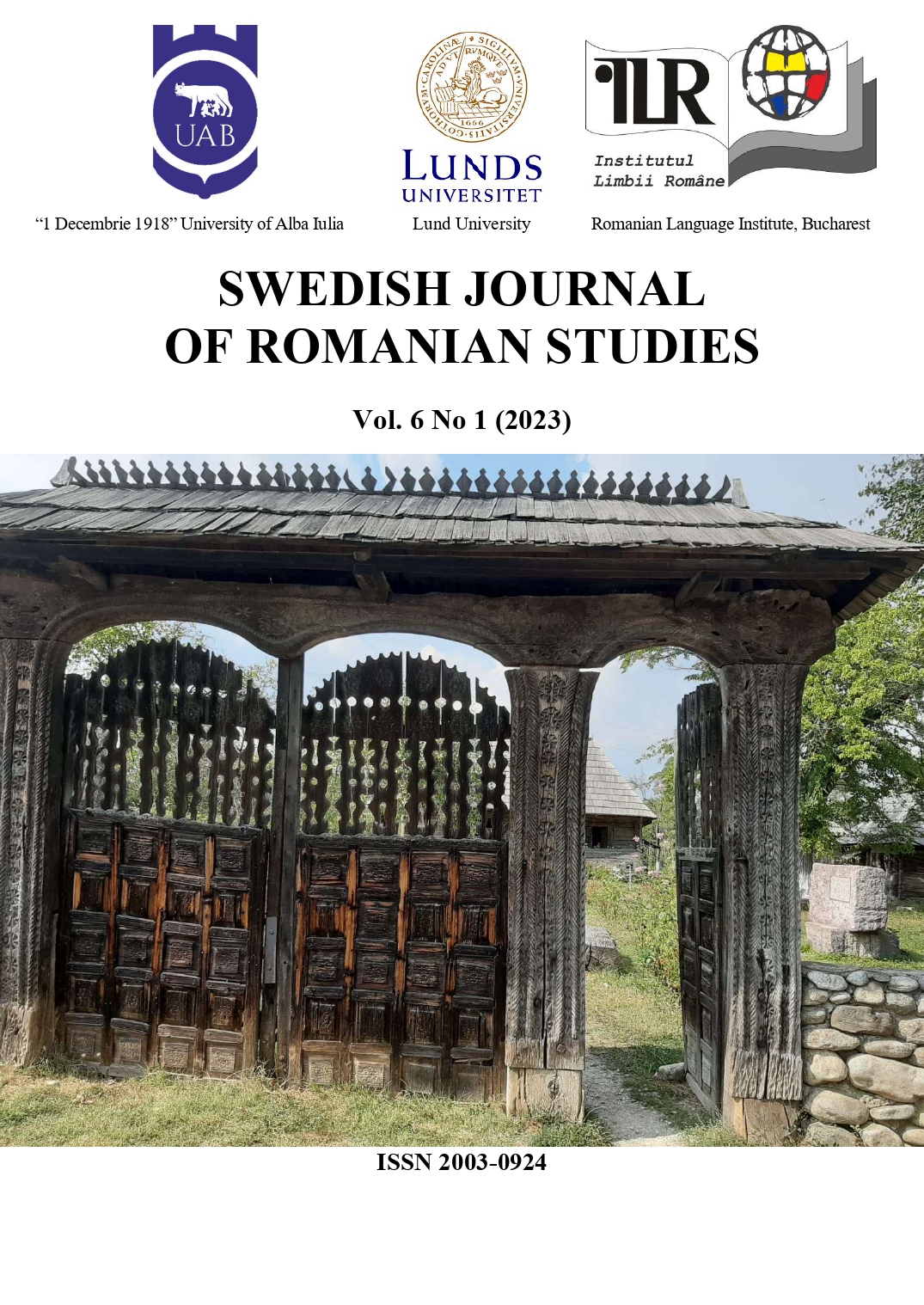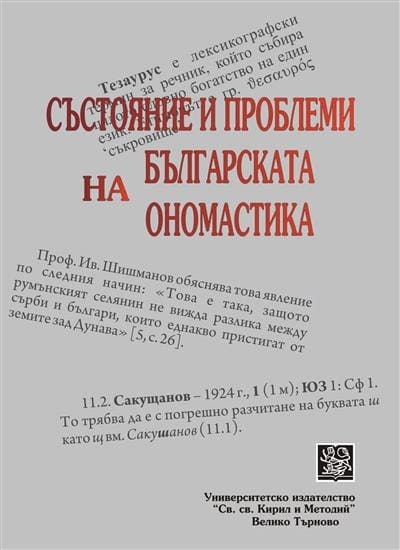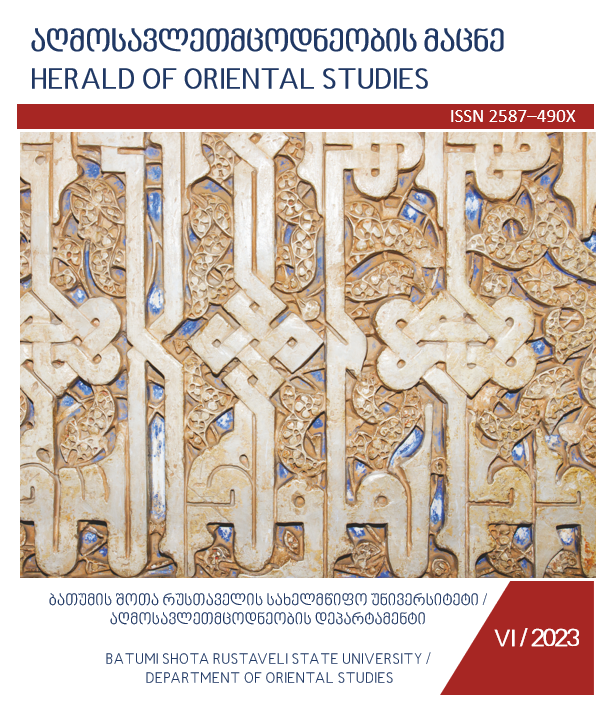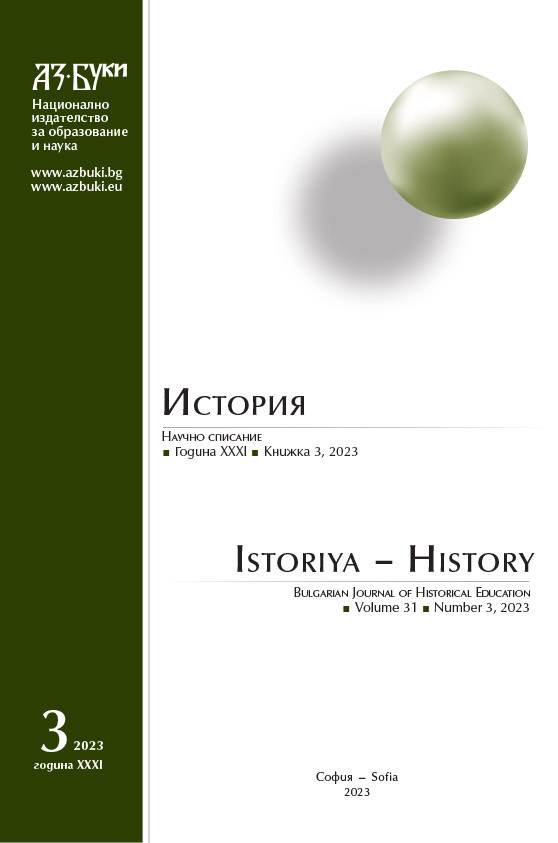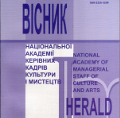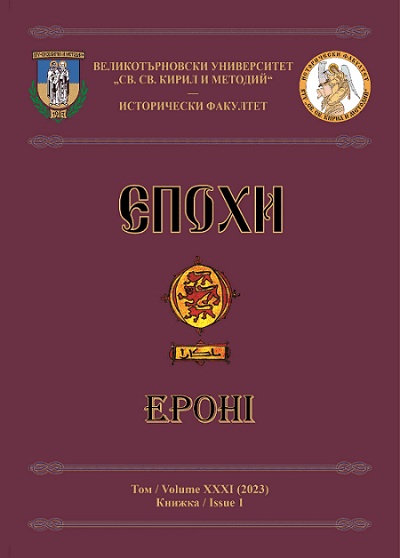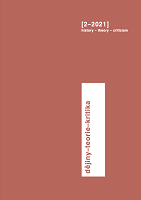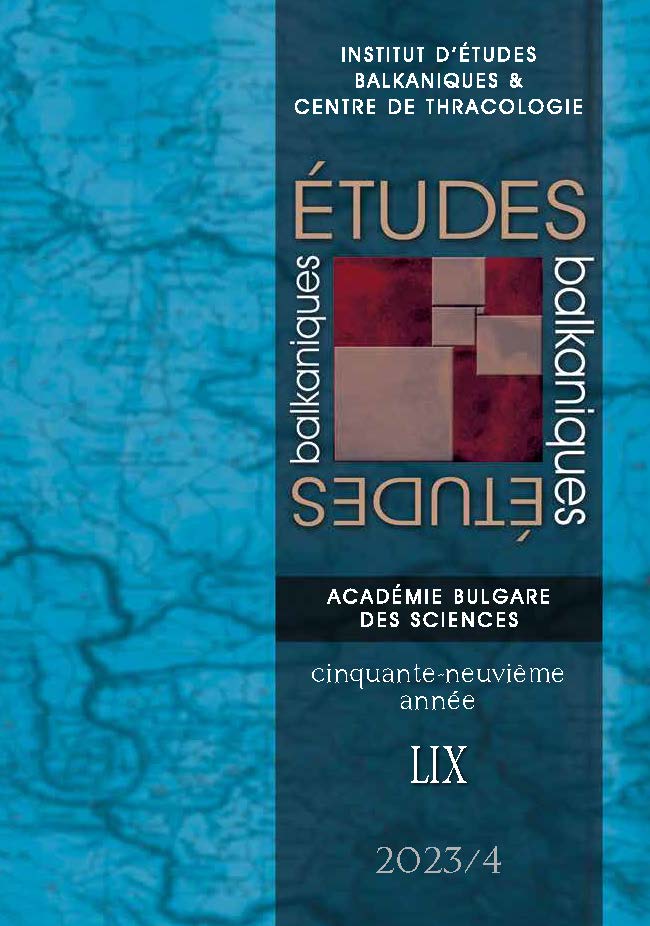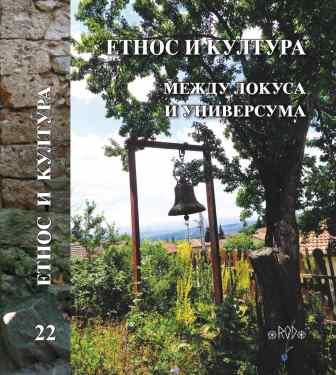Author(s): Murad Mtvarelidze / Language(s): Georgian
Issue: 2/2021
Biblical King Davit is especially popular in ancient Georgian literature. On the one hand, Georgian writers paraphrase his works, which is important, but even more interesting is the fact that in relation to this biblical king, important issues are reflected in the works of Georgian writers, such as the idea of the biblical origin of Georgian kings, symbolic consideration of Davit as Christ the Father, scrambling of Davit and Giant, as well as the metaphors "Davit’s Harp", "Davit's Precepts", "Davit's City", "Davit's Garden". For Georgian writers, Biblical Davit remains an exemplary hero, so when they talk about this or that character, they try to explain their actions with the examples of Davit's life or the aims of his thought, and thus determine the peculiarities of the character or action of this or that character. Strengthening of the royal dynasty of the Bagrationi made the legend of their biblical origin even more actual. Later, with the strengthening and prosperity of the country, this idea acquired more popularity, which was manifested in almost all the ascending stages of the development of Georgian literature. The article shows that the myth has traveled successfully from century to century and on the one hand gave the Georgian kings a sense of specialness, and on the other hand, Georgian writers from this ancestral dynasty used this moment along with their positive aspects to describe this or that historical figure. After the conquest of Georgia by Russia (1801) when the monarchy was abolished in Georgia and the country lost its national independence, this myth was gradually forgotten. Davit Knar, along with his sling, immediately gained popularity in Georgian heraldry. Since the Georgian kings considered themselves the descendants of the biblical Davit, this important element was reflected on the coat of arms of the Bagrationis as a symbol of devotion to the Bible and a kind of permanent and uninterrupted union with it. The metaphor "Davit's harp" in some cases refers to the harp of Davit Psalm-chanter in the literal sense, and is sometimes understood as a psalm chant, as well as the use of this metaphor as a measure to determine the fictional level of this or that work. As for the "Davit’s Precepts", it is a kind of allegorical collocation and primarily considers the views of the prophet Davit on this or that issue. From this point of view, the attitude to Davit’s precepts established by a remarkable Georgian poet of the 18th century, Davit Guramishvili is worth considering. When talking about the origin of the Virgin Mary and Jesus Christ with Georgian authors or translated monuments, primarily attention is drawn to the term that Davit eulogizes Christ in advance; he prophesies the birth of the Messiah and sings hymns to him. The quotation of Davit's hymns traces the whole of the old Georgian secular or historical writing. For Georgian writers, the important episodes of the life of the biblical King Davit are exemplary, which they refer to when necessary, and his thoughts - a guide, which occupies an important part in the life and work of this or that literary or historical hero.
More...
